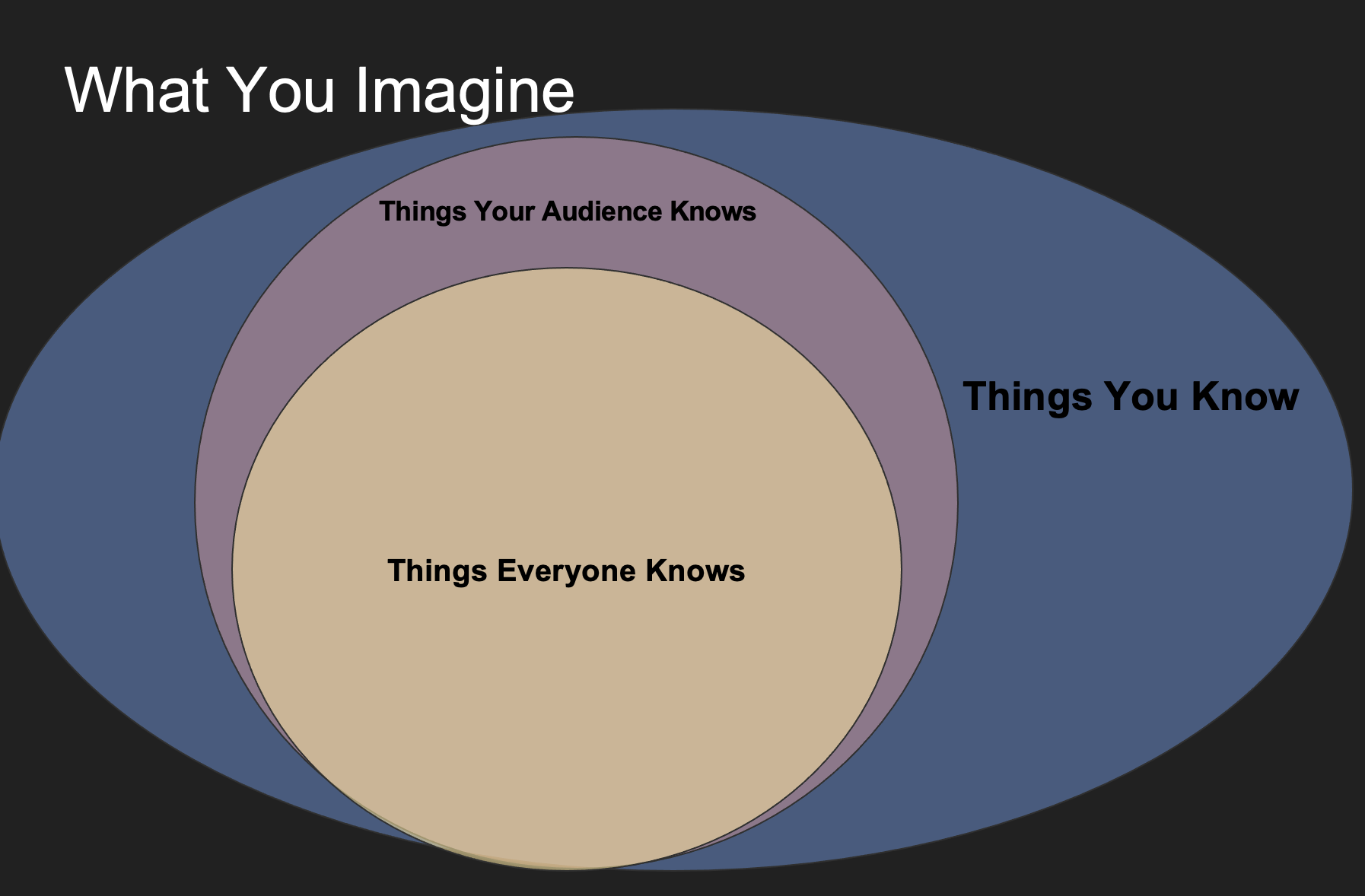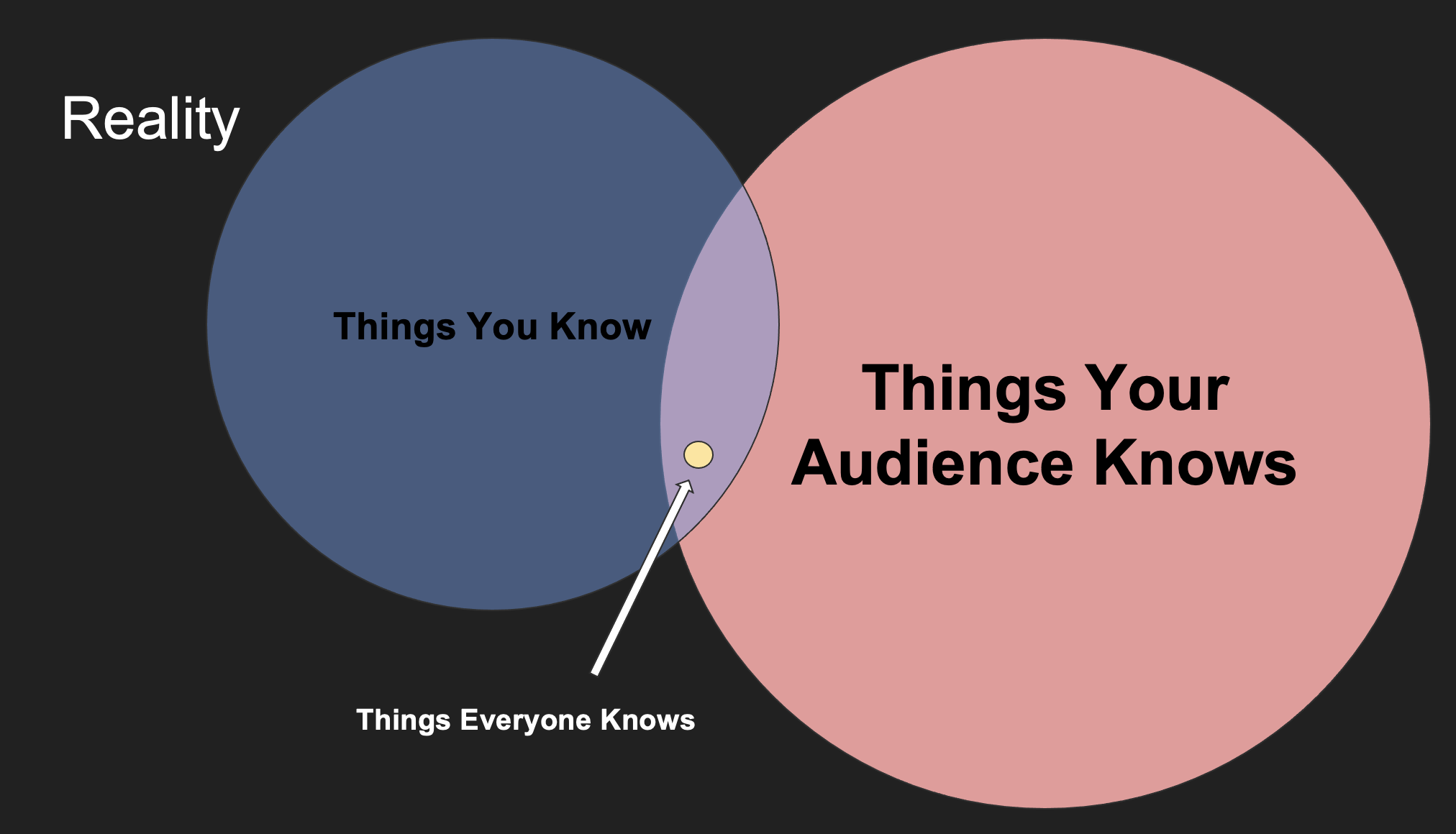Do You See What I See?
Context is a concept that comes up here a lot. Usually though, when I talk about context I’m talking about having enough context to understand what you’re doing and why. Or how the different parts of the code you’re working on fit together to provide value. But there’s a whole different kind of context. The shared kind of context. The kind of context that gets used when you’re trying to share information.
Because of course, you have your own context. The things you know. The assumptions you make. Assumptions about the state of things. Assumptions about what other people know. Assumption’s about what’s important to others. Everyone else has their own context too. With their knowledge and their assumptions. And there are some shared assumptions there too.
One of the biggest of those shared assumptions is that those contexts are about the same. That you have shared context. That the things you know are the same as the things as those you’re talking to. That the things you know is roughly the same as what the people you’re trying to communicate with and that’s roughly the same as what everyone knows. And that all you need to do is add that little bit of new knowledge and everyone will be in the same place.

In truth, the situation is a little different. What you know can be very different from what the people you’re communicating with know. If you’re on the same team, working on the same tasks you’ll share lots of specific context to the work, but your history and past experience with be different. Someone on a partner team will have some of the same context/knowledge, but not all of it. People on teams you don’t work with have less shared. People at a different company or in a different industry have even less.

Practically speaking, without ensuring everyone has the same context you’re not communicating. You might think people are agreeing, but without the shared context you don’t know if you’re agreeing about what the situation is. And if you’re not in agreement on what the situation is, how can you reach agreement on what to do about it?
One of the best ways to deal with the issue of differing contexts is storytelling. Don’t just throw out some facts and hope people hear what you hope they do. Take the time to tell a story. Start at the beginning and set the shared context. Tell the story of how you want things to look in the future. Walk them through the story of how you expect to get from where you are to where you want to be or tell the story of how you got from where you were to where you are. Then finish the story with how things have changed and how you’ve achieved your goal.
So next time you need to share information, regardless of whether it’s just information on what the situation is or what the best way to address a problem is, tell the story that makes sure you all have the same context and you’re all seeing the same thing.
